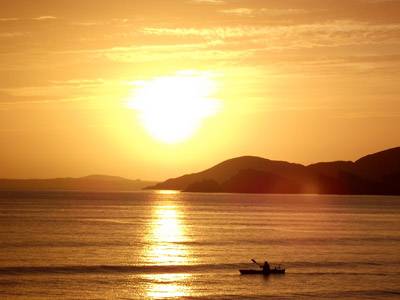Recently, individuals across South America, Europe, North Africa, and certain regions of Asia and the Middle East witnessed a solar eclipse. It is widely known that directly observing a solar eclipse poses significant risks to one’s eyesight. Despite this, many people are eager to experience such a rare phenomenon. The next opportunity for Americans to observe a total eclipse will occur in August 2017, and it is essential to understand how to safeguard your eyes during this extraordinary event.
Looking directly at the sun, even for a brief moment, can be extremely harmful to your eyes. The sun’s intense rays have the potential to destroy cells in your retina—the part of your eye that senses light and transmits visual signals to your brain through the optic nerve. Damage to this area can lead to permanent blindness. Most people don’t worry much about this in daily life because the sunlight is usually too bright to stare at, and our eyes instinctively protect themselves by squinting, shrinking the pupils, or turning away.
However, during a solar eclipse, things change. Since the sun is partially covered, the light seems dimmer and less harsh, which often tricks the eyes into relaxing their natural defenses. Despite the reduced brightness, the exposed part of the sun still emits light just as powerful and dangerous as normal. This makes the retina extremely vulnerable. Because eclipses are rare and awe-inspiring, many people give in to the temptation to look directly at them, thinking that a quick glance won’t do much harm.
But that assumption is dangerously wrong. Consider the well-known science experiment where a magnifying glass can ignite paper using sunlight. The lens in your eye works in a similar way—it focuses the light directly onto your retina. That focused intensity can effectively burn the sensitive cells in your eye, just like the magnifying glass does to the paper. Even a few seconds of direct exposure can cause serious, sometimes irreversible, damage.
What makes this even more concerning is that you won’t feel pain immediately. Retinal burns are painless at first, and symptoms usually show up hours later—by which time it’s too late to prevent long-term damage.
NEVER LOOK DIRECTLY AT AN ECLIPSE. In fact, you should never look directly at the sun under any circumstances.
Safe Ways to Watch a Solar Eclipse
There are safe and effective methods to enjoy an eclipse without risking your vision. One common option is to use certified eclipse glasses, specially designed to block harmful ultraviolet and infrared rays. Another fun and simple method is to build a pinhole projector, which allows you to view a small projection of the eclipse on the ground using a sheet of cardboard or paper with a tiny hole. You can find easy tutorials for making a pinhole camera on NASA’s website.
Whether you’re observing an eclipse or simply spending time outdoors on a sunny day, it’s important to remember how powerful the sun’s rays truly are—and to always protect your eyes.


Tinggalkan Balasan